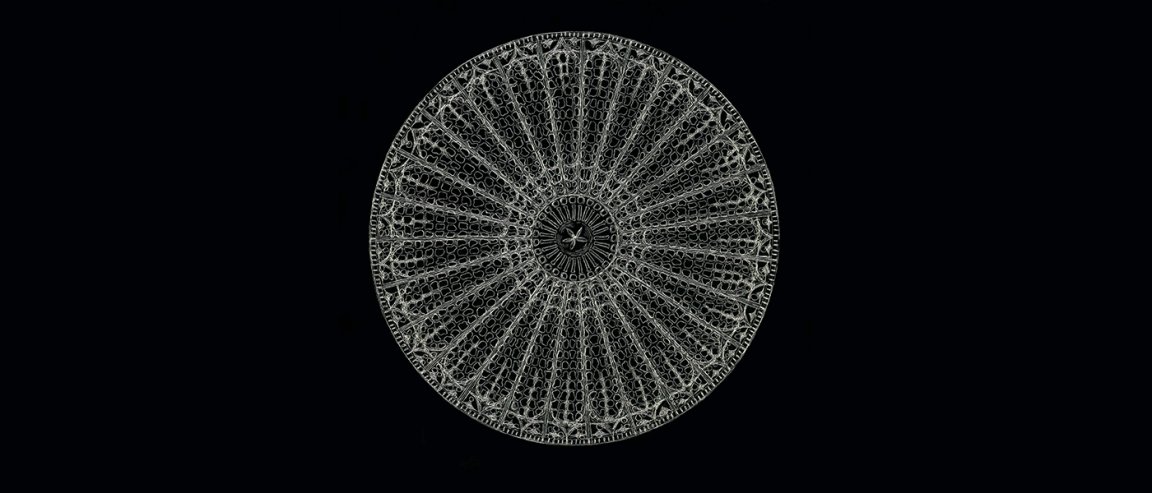
Diatoms are classified as a major group of algae. The most common types of diatoms are phytoplankton. They are single-celled, but they have been observed to form colonies in ribbon, filaments, zigzags and stars shapes. A diatom is encased in a wall made out of silica called frustules.
Really, they are quite beautiful. And as it turns out, they are also terribly strong.

Professor Julie Greer and her team from Caltech recently discovered that diatoms are actually tough and resilient, compared to previous studies. Test results show that it has higher strength-to-weight ratio than bones, teeth, and even antlers.
Greer and her team conducted three point bending experiments on the frustules. The results indicate that, although silica is a resilient material, it is also quite brittle. Frustules appear to have a honeycomb holes, which actually prevents the diatoms from breaking. The professor described it as, “[t]he presence of the holes delocalizes the concentrations of stress on the structure.”
Based from the results of their findings, the team plans to create bio-inspired artificial structures using diatoms. They are now being compared to another wonder material called graphene, which is also being developed to be used in a host of different materials.
Notably, this isn’t the only way that diatoms are remarkable.
They were recently used to package chemotherapeutic drugs in order to minimize their off-target toxicity. Moreover, these diatoms were engineered to produce antibody-binding proteins on their surface. The antibodies of interest only bind to molecules found on cancer cells, making delivery more specific. The algae nanoparticles were found to kill 90% of cancer cells in cultured human cells. The algae was also successful at killing cancer in mice with tumors.
You can learn more about diatoms in the video below.
Diatoms: The Amazing World of Microscopic Organisms from Futurism on Vimeo.